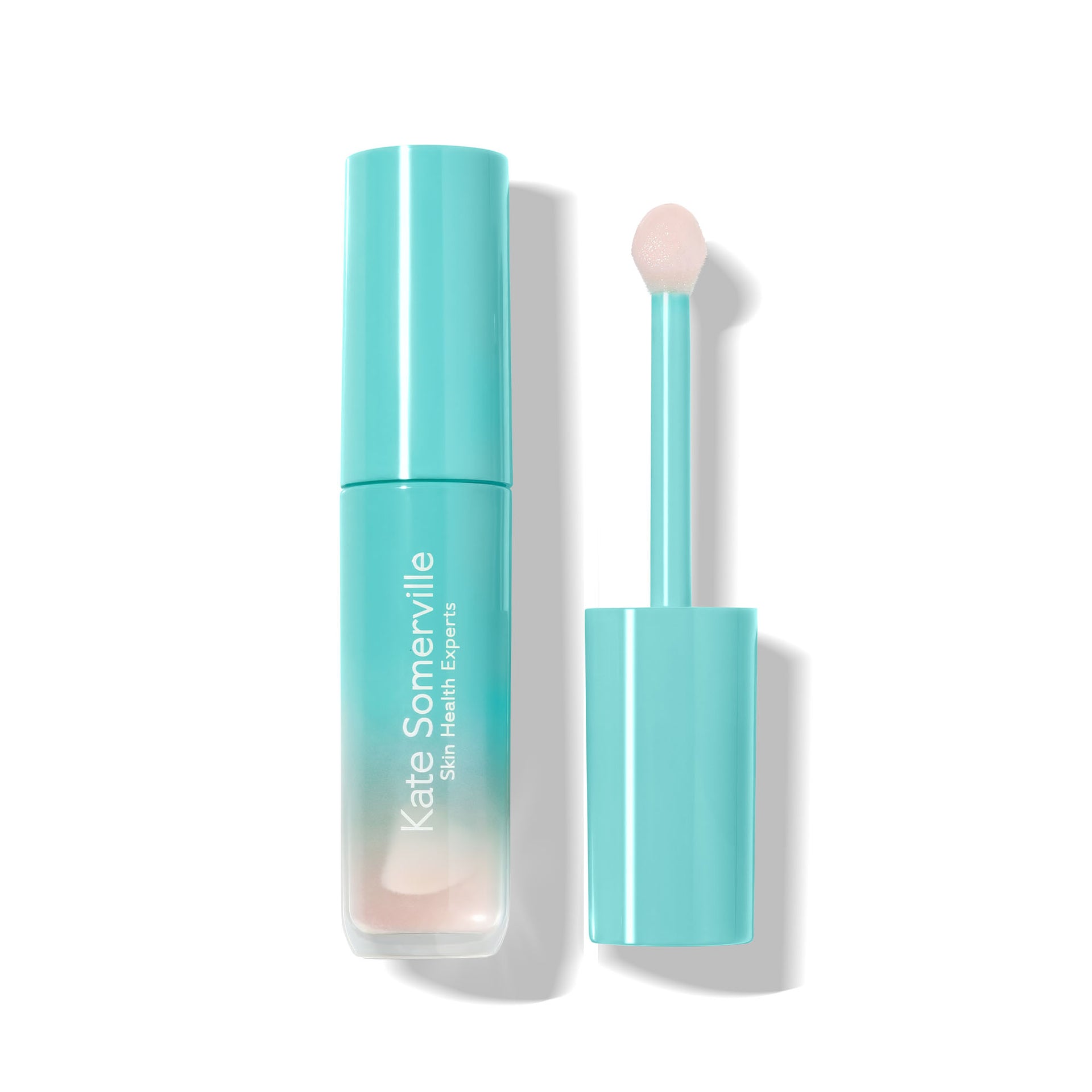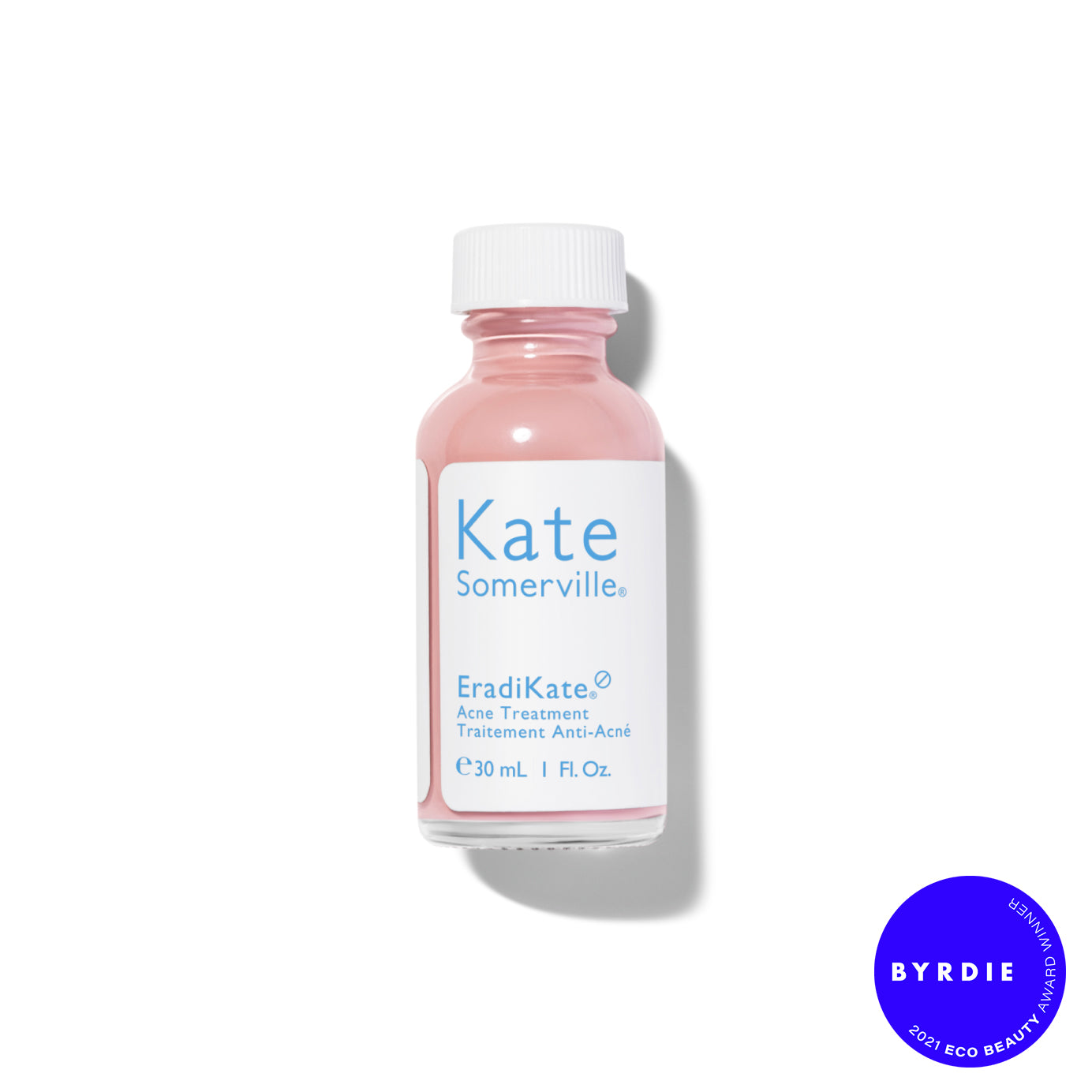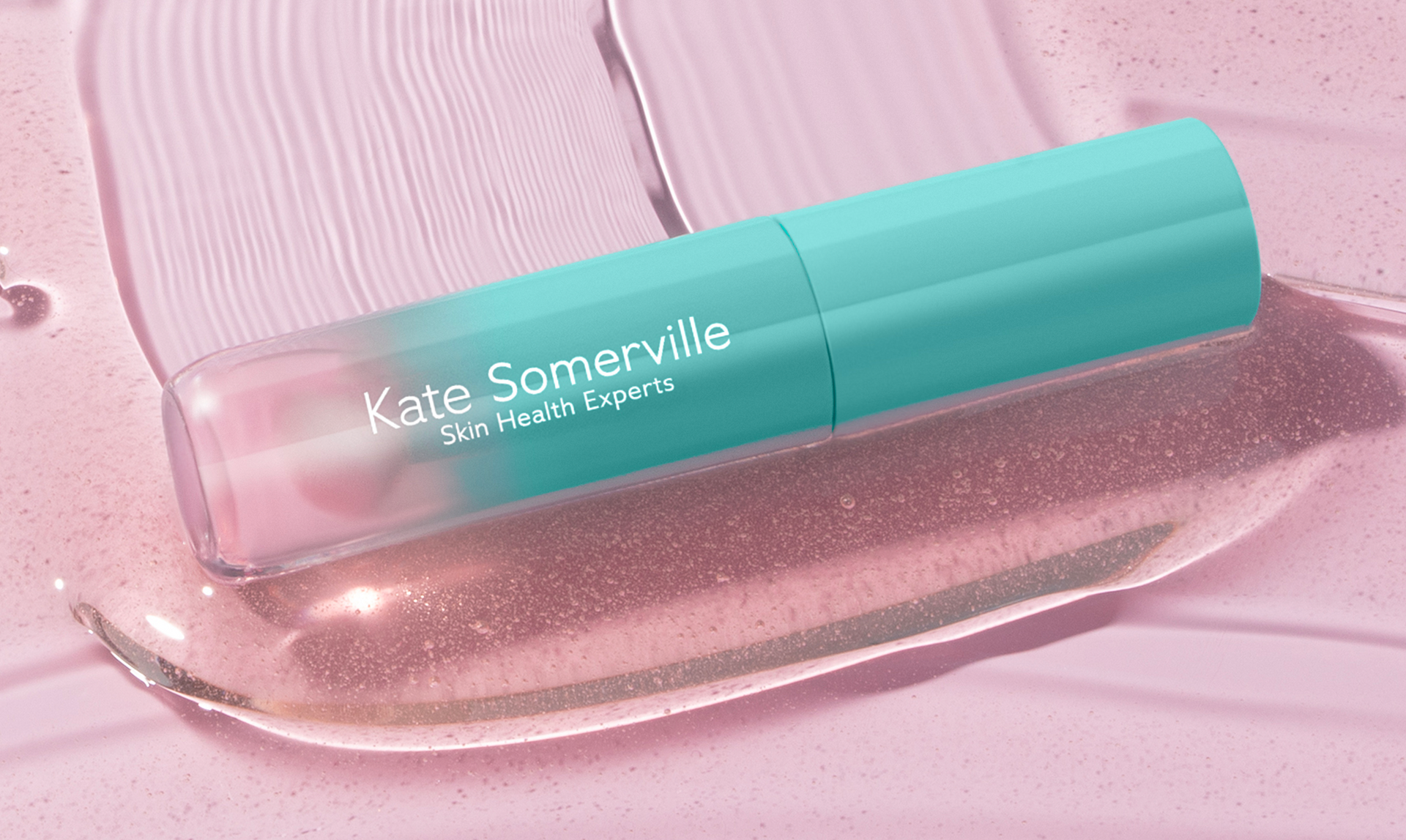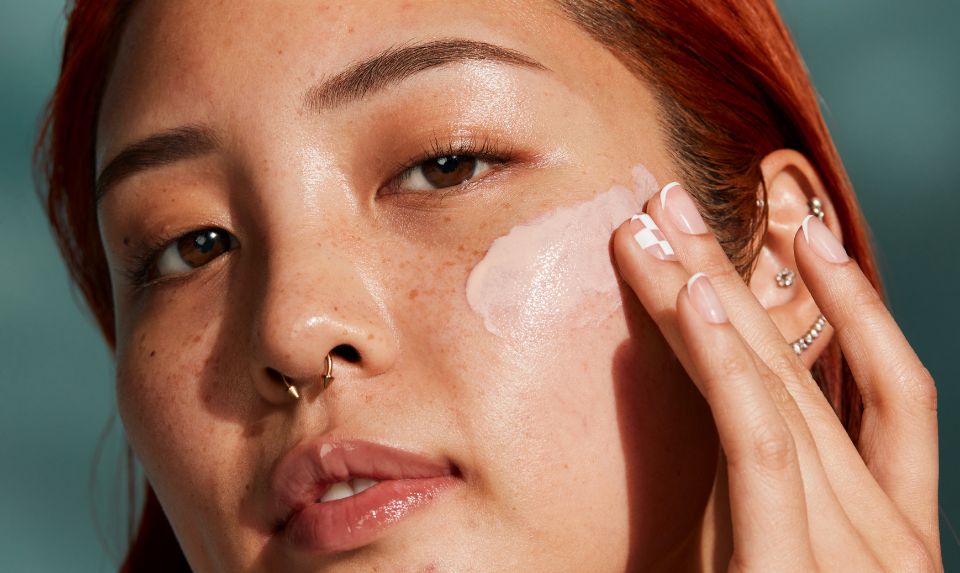This blog post was updated on January 10th, 2022
Blemishes, flare-ups, pimples, breakouts - these are just a few of the many words used to describe types of acne. With over 50 million Americans being affected by acne annually [1], it’s safe to say that you’re not alone. While there are a variety of different forms of acne, there are also several different treatment options. Finding the right acne treatment products begins with knowing what type of acne you suffer from. Once you identify what type of acne you have, figuring out how to prevent pimples should be a breeze. As Skin Health Experts, we’re here to help guide you on your acne-fighting journey. Below, we’ve outlined different kinds of acne and how to treat them.
While you may think most acne happens in the teen years, hormonal teenage acne actually only accounts for 36.5% of all acne cases. 20% of acne cases are considered new onset, meaning they appear for the first time in adulthood. 75% of acne cases are known as persistent[1.1], meaning they may or may not start in adolescence, but most definitely present as a recurring skin frustration in adulthood (25+ years old). Persistent acne is usually caused by internal factors like hormonal fluctuations and/or genetics. The occasional flareup, on the other hand, is more likely caused by external factors including diet, smoking, stress, and cosmetics.
Comedonal Acne
Comedonal acne usually appears as small, skin-colored bumps. These bumps often occur when excess oil and dead skin cells get trapped and clog your pores. This acne is commonly referred to as blackheads and whiteheads. The main difference between blackheads and whiteheads is that blackheads have “open” comedones, while whiteheads have “closed” comedones.
Blackheads
What are blackheads? With blackheads, the surface of the pore remains open while the rest of the pore is clogged with dirt, oils and other irritants [2]. Because the surface of the pore is open, whatever is clogging the pore is easier to see. The irritants inside the pore are often darker than your natural skin tone, and in some cases, can even look black - hence the name “blackhead.”
While your first instinct may be to squeeze the blackhead to unclog it, we do not recommend this method because it can easily cause scarring. Instead, try a topical blackhead treatment.
Whiteheads
Whiteheads, a.k.a “closed comedones,” occur when a pore is clogged entirely. This means that the inside of the pore and the head of the pore are closed [3]. As a result, a white bump on top of the skin is formed. Though popping whiteheads has become a popular method to remove them, it’s important to note that you should not pop them on your own. Popping whiteheads can lead to scarring and create increased irritation that may lead to more acne breakouts.
Treatment
To treat both blackheads and whiteheads, we recommend using over-the-counter treatments that contain either benzoyl peroxide or salicylic acid. These treatments can be used as a spot treatment for stubborn acne or as a daily facial treatment. They work to remove dead skin cells and excess oil that could potentially clog your pores and create acne. Salicylic acid and benzoyl peroxide are two of the most effective ingredients in cosmetics for treating comedonal acne. Topical night serum treatments such as the Anti Bac® Acne Clearing Lotion or the EradiKate® Salicylic Acid Acne Treatment both work to help clear existing acne and reduce blackheads and whiteheads.
Inflammatory Acne
The main difference between inflammatory acne and comedonal acne is bacteria. When the gunk that clogs your pores mixes with bacteria, it creates an infection that causes swelling and inflammation. Visible swelling, redness, inflammation and clogged pores are the main symptoms of inflammatory acne. While clogged pores and bacteria cause nearly all inflammatory acne, it does not always look the same. Knowing which type of inflammatory acne you’re experiencing is a vital part of finding the perfect treatment for your skin type to help prevent acne.
Pustules
Acne pustules are a more traditional-looking zit and commonly identified as red bumps filled with white puss. Usually found in small clusters on the face, back or chest, these types of pimples form when a blocked pore gets infected. However, they can also be caused by hormonal changes in the body.
It’s important to note that because pustules contain bacteria, popping them can cause the bacteria to spread and result in more inflamed acne. Instead of popping pustules, we recommend finding a topical treatment or prescription medication to help eliminate the bacteria that causes breakouts in the first place.
Papules
The main difference between acne papules and pustules is that papules do not contain pus. Instead of forming a white tip, papules are a red bump that is free of pus [4]. Because acne papules do contain bacteria, over-the-counter or bacteria-fighting topical acne medication is recommended to help eliminate this moderate acne.
Treatment
The best cleanser for acne like this is a daily cleansing solution. Using a cleanser like the EradiKate® Daily Foaming Cleanser or EradiKate™ Clarifying Acne Gel Cleanser can help reduce and prevent blemishes, balance oily skin and unclog pores that can lead to inflammatory acne. One is formulated with sulfur, the other salicylic acid, to deliver powerhouse acne control. The clarifying gel cleanser also has microbiome-balancing ingredients that help restore and protect the skin that can become damaged from years of harsh ingredients.
Aside from using a daily cleansing solution, topical acne treatments that contain salicylic acid and benzoyl peroxide are arguably the best over-the-counter solutions when deciding how to reduce acne. Our NEW EradiKate™ Acne Mark Fading Gel has 2% salicylic acid to clear persistent acne and minimize post-acne marks in as little as three days while restoring a healthy skin barrier. Our Anti Bac™ Acne Clearing Lotion is expertly formulated with 5% Benzoyl Peroxide to reduce acne flare-ups without aggravating or over drying skin.
Nodulocystic Acne
Nodulocystic acne isn’t your typical blackhead or whitehead. In fact, it is often a much more moderate to severe type of acne. Nodulocystic acne is caused by a severe infection that occurs deeper down in the layers of the skin [5]. These acne breakouts are usually painful and leave scarring. Whether you have just a few nodulocystic breakouts or many, this kind of acne is best treated by a dermatologist.
The two types of nodulocystic acne are cysts and nodules. Similar to pustules, cysts are large and painful pimples that may sometimes be itchy, while nodules are pimples that tend to stay under the skin [6].
When it comes to diagnosing and treating all types of acne, it’s important to consider the role that hormones play. It’s also important to educate yourself on hormones and nutrition and how they impact skin. A hormonal acne diet along with skincare products and medications can help to prevent acne breakouts. Sulfur in acne treatment is also highly effective in targeting various forms of acne. Consider using an acne scar treatment with sulfur or acne mark fading gel with salicylic acid for the best results. Our EradiKate™ Acne Mark Fading Gel has gold-standard ingredients including maximum-strength Salicylic Acid and Niacinamide to prevent breakouts and fade post-acne marks in just 3 days.
Take a look at your skin. Is your face filled with multiple blackheads? Or maybe you have just a few acne pustules that are hard to get rid of? Now that you understand the different types of acne, their causes and a few possible treatments, we hope that you feel educated and armed with the information needed to build a skincare routine that fits the needs of your skin type and supports optimal skin health.
Sources:
1. https://www.aad.org/media/stats-numbers
1.1 https://www.ncbi.nlm.nih.gov/pmc/articles/PMC5300732/
2. https://health.clevelandclinic.org/how-to-get-rid-of-blackheads/
3. https://www.healthline.com/health/beauty-skin-care/how-to-get-rid-of-whiteheads
4. https://www.medicalnewstoday.com/articles/325342
5. https://www.verywellhealth.com/nodular-acne-15817
6. https://www.healthline.com/health/beauty-skin-care/nodular-acne#nodular-vs-cystic-acne



















